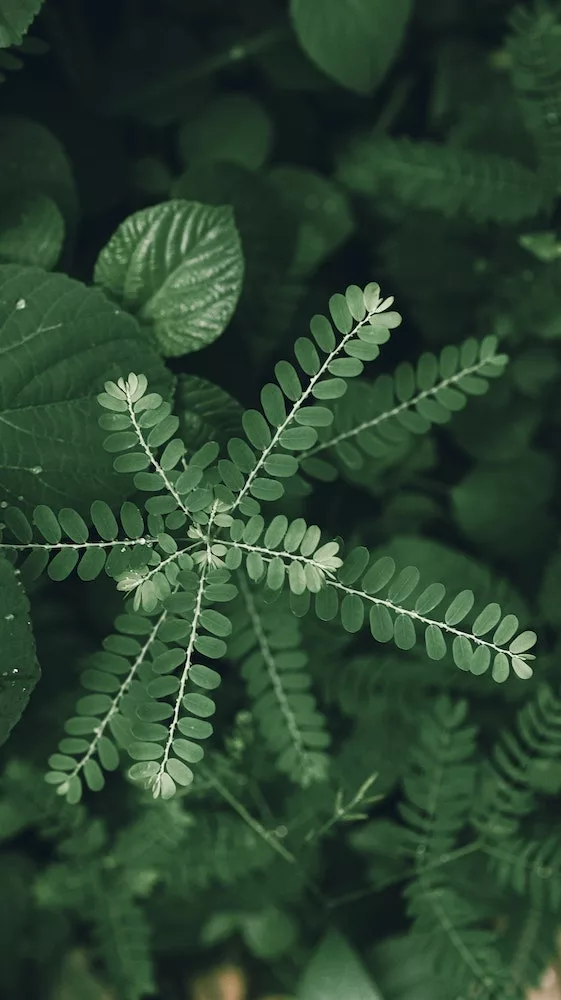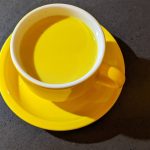Curious about the medicinal uses of Chamber Bitter and how you can best use it as a complementary or alternative medicine?
The plant Phyllanthus urinaria, more commonly known as chamber bitter, is a member of the Spurge family (Euphorbiaceae). Although it is native to Asia, chamber bitter has become a common weed throughout the entire tropical region. Chamber bitter plant is an annual or short-lived perennial herb that can be anywhere from 20 to 70 cm in height and is upright to grovel, slim, and glabrous. The plant can be found growing in tropical forest as well as dry fields, grassy plains, roadways, waste places, gardens, alongside paths. It can also be found growing in waste places. It has an upright, red stem with alternately arranged leaves.
The leaves range in length from 7-18 millimeters and have a width of 7.3 millimeters. It has an obliquely rounded base and a rounded, pointed apex. The upper surface of the leaves is light to dark green, while the underside is gray green or slightly reddish. The flowers are tiny and a pale yellowish white. They have five lobes, are axillary, and are about 1 mm in diameter. The fruit is a globular capsule that is either green, red, or greenish-red and is about 0.12 inches (3 millimeters) in diameter. The fruit is usually warty, hangs from the branch, and contains six seeds.
The leaves of the sensitive plant (Mimosa pudica) superficially resemble those of the chamber bitter plant, but these two species have very different leaf structures. Usually, the plant’s seeds, which can be found on the undersides of its branches, are responsible for its spreading. It’s a nuisance in tropical landscapes, including gardens, lawns, and nurseries. In Southeast Asia, it is seen as an unwanted pest of rice. Today, this plant is widely regarded as one of the most effective medicinal herbs, especially for dealing with kidney stones.

What are the medicinal uses of Chamber Bitter?
- Treatment for urinary incontinence and bladder diseases.
- Therapeutically useful for renal issues.
- As a remedy for eye disorders.
- Used for cough medicine.
- Useful in treating respiratory disorders.
- To treat both ascites and diseases of the urinary tract.
- Effective in treating both abdominal distention and dysentery.
- Early treatment for diabetes.
- Healing wounds effectively
Chamber Bitter’s Directions for Use:
- A decoction of bark can help with bladder diseases and frequent urination.
- The plant’s infusion helps with kidney issues.
- When applied as a paste around the eye, a mixture of Chamber Bitter, rock salt, and water made in copper utensils has been shown to be helpful for various eye disorders.
- When the whole plant is boiled and the resulting decoction is taken on a daily basis at a dose of about 1 tsp, it helps alleviate cough symptoms.
- Take the paste made by blending 10 grams of root with water and 1 teaspoon of rock sugar or honey. This combination is useful in treating respiratory illnesses.
- The combination of 100 grams of leaves and 250 milliliters of milk is useful in treating ascites and urinary tract infections.
- The decoction made by boiling 20 grams of Chamber Bitter leaves in 200 milliliters of water is useful for treating both gas and Dysentery.
- When the whole plant is ground into a powder and combined with 20 milligrams of black pepper, it can help control blood sugar levels in people with diabetes.
- Applying a paste made from young leaves to open wounds has been shown to hasten their recovery.
Disclaimer: This is for informational purposes only
Did you find this helpful? Let us know in the comments.
You can also visit our Facebook and YouTube pages to know more about plants and their health benefits.
You might also like:








